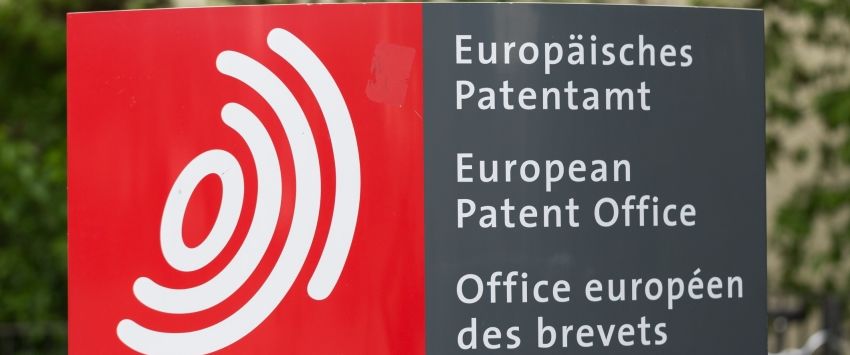The cost of a Unitary Patent (i.e. a European Patent with Unitary effect) vs a “traditional” European patent (i.e. a collection of national patent rights gained by validating an issued European patent) is one factor to consider. In this article, we will evaluate the expenses of acquiring and maintaining a Unitary Patent to the costs of acquiring and maintaining a “traditional” European patent.
Fees for Renewal
Before registering a Unitary Patent (a European Patent having Unitary effect), the applicant must first acquire a European Patent from the EPO. The same process as for “traditional” European patents is followed prior to award. The pre-grant procedure for European patent applications remains unchanged. As a result, whether a “traditional” European patent or a unitary patent is wanted, renewal costs must still be paid to the EPO prior to award. This is demonstrated by the graph, which depicts the identical renewal fee expenses prior to the grant.
However, the situation has changed since the grant. A “traditional” European patent requires individual renewal fees to be paid to patent offices in each nation where the European patent is recognized. A Unitary Patent, on the other hand, requires only a single renewal fee to be paid to the EPO in order to be maintained.
The cost-effectiveness of obtaining a Unitary Patent will be determined by a variety of considerations, including the intended territorial extent of the patent rights. This choice may be influenced by the number of nations that have signed the UPC agreement and so fall within the geographical scope of the Unitary Patent.
Furthermore, the EPO only demands a single renewal fee every year to maintain a Unitary Patent. As a consequence, administrative expenses may be decreased when compared to “traditional” European patents with identical geographical scope, which would necessitate several renewal payments.
It is important to note that the “Unitary Patent” is a single right that applies to all member states. As a result, as business goals shift, it is not viable to lower the number of areas covered (and hence the number of renewal fees payable).
Validation
The only expenses covered in the preceding discussions are the costs of maintaining a Unitary Patent. However, the expense of acquiring a Unitary Patent or a “traditional” European patent must also be considered.
Patent holders are not required to get Unitary Patents and may instead continue to validate issued European patents in order to receive a bundle of national patent rights. The expenses of submitting forms with the patent offices of the validation nations are included in the related validation charges, as is the cost of translating a portion of the patent specification into an official language of the country in which the patent is to be validated. Despite the fact that the London Agreement decreased the extent of translation necessary, a number of nations still demand translations of the claims and/or the description into their official language. As a result, the expenses of validating a traditional European patent are not insignificant.
The cost of getting a Unitary Patent is cheap in terms of the contract. There is, for example, no formal charge for filing a request for unitary effect. During the transition period at the commencement of the Unitary Patent system, only one translation of the application must be lodged with the EPO (either into English or into any other official EU language depending on the language of proceedings). However, “the text of such translations will have no legal force and shall be used solely for informative purposes” [Article 6(2) EU Regulation No 1260/2012]. As a result, acquiring a Unitary Patent may be less expensive than obtaining a “traditional” European patent.
In conclusion, the financial benefits of a Unitary Patent include reduced validation costs (no official fees) and lower renewal expenses when a broad geographical scope is desired. Whereas the drawbacks of a Unitary Patent in terms of cost include increased annuity costs if just a limited number of countries are desired, as well as the inability to selectively leave countries as time passes in order to lessen the renewal fee burden.
The list of Patent Firm in EU can be found here.

